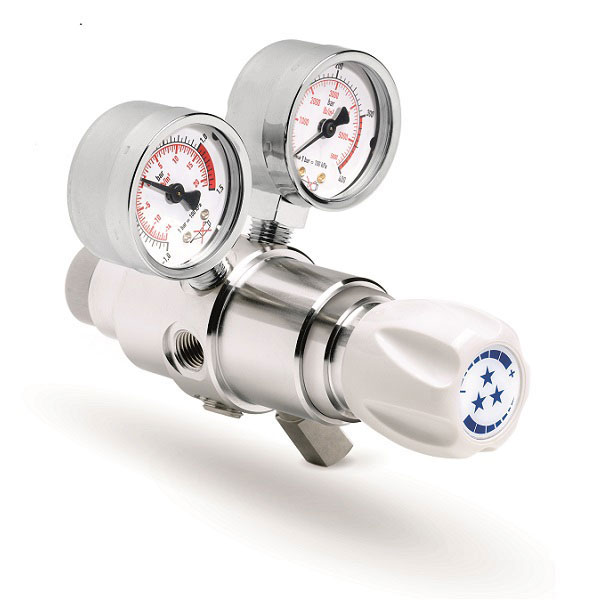
A carbon dioxide (CO₂) regulator is an essential device for managing the pressure and flow of CO₂ gas from a pressurized cylinder. Whether used in industrial settings, beverage systems, agriculture, or laboratories, these regulators are key to delivering gas safely and efficiently. Understanding how they work and what to look for when buying one is important for both safety and performance.
A CO₂ regulator is designed to reduce the high pressure of compressed carbon dioxide in a cylinder to a safer, usable level. It ensures a steady and controlled flow of gas to the application area. Typically, these regulators come equipped with a pressure gauge and a flow control knob, allowing precise monitoring and adjustment of gas output.
One of the most common uses for CO₂ regulators is in the food and beverage sector, especially for carbonating soft drinks and dispensing beer from kegs. A steady and controlled CO₂ flow ensures proper carbonation and smooth beverage service.
CO₂ is often used as a shielding gas in MIG (Metal Inert Gas) welding. A regulator ensures consistent flow during welding, which helps protect the weld from oxidation and other contaminants.
In greenhouses, controlled CO₂ release through a regulator promotes plant growth. Accurate flow regulation is essential to maintain optimal CO₂ levels for photosynthesis.
CO₂ regulators are used in planted aquariums to maintain correct CO₂ levels for aquatic plant health. These regulators typically come with finer controls suitable for small-scale use.
In labs, precise control of CO₂ is necessary for experiments, incubators, and analytical instruments.
Dual Gauges: One gauge shows the tank pressure (amount of gas left), and the other shows output pressure (delivery pressure).
Pressure Control Knob: Allows manual adjustment of gas flow for specific needs.
Safety Valve: Prevents over-pressurization and protects both equipment and users.
Durable Materials: Look for regulators made of brass or stainless steel for corrosion resistance and longevity.
Type Compatibility: Ensure the regulator fits your CO₂ tank (CGA 320 is a common valve type for CO₂ cylinders).
When purchasing a carbon dioxide regulator in Dubai, consider the following:
Application-Specific Design: A beer regulator differs from a welding regulator. Choose one built for your intended use.
Flow Rate Requirements: Some applications, like aquariums, need ultra-low flow rates, while industrial uses may require high flow capacity.
Warranty and Certification: Opt for products that are pressure-tested and certified for safety compliance.
To ensure safety and longevity, regularly check your CO₂ regulator for any signs of leaks or damage. Always turn off the cylinder valve before disconnecting the regulator. Store gas cylinders upright and away from direct heat sources, and be sure to follow the manufacturer’s instructions for proper cleaning and maintenance.
A carbon dioxide regulator is an indispensable tool across various industries and applications. Choosing the right regulator ensures safety, efficiency, and reliability in CO₂ gas usage. Whether you're using it for homebrewing, welding, or horticulture, choosing a high-quality CO₂ regulator ensures reliable performance, long-term value, and the peace of mind that comes with safe and efficient gas control.
OxyMed has carbon dioxide single stage and dual stage cylinder regulators in stock and on forward delivery from top European manufacturers, varying the input pressure up to 300 bar and output pressure varying 0-50 bar as per application.